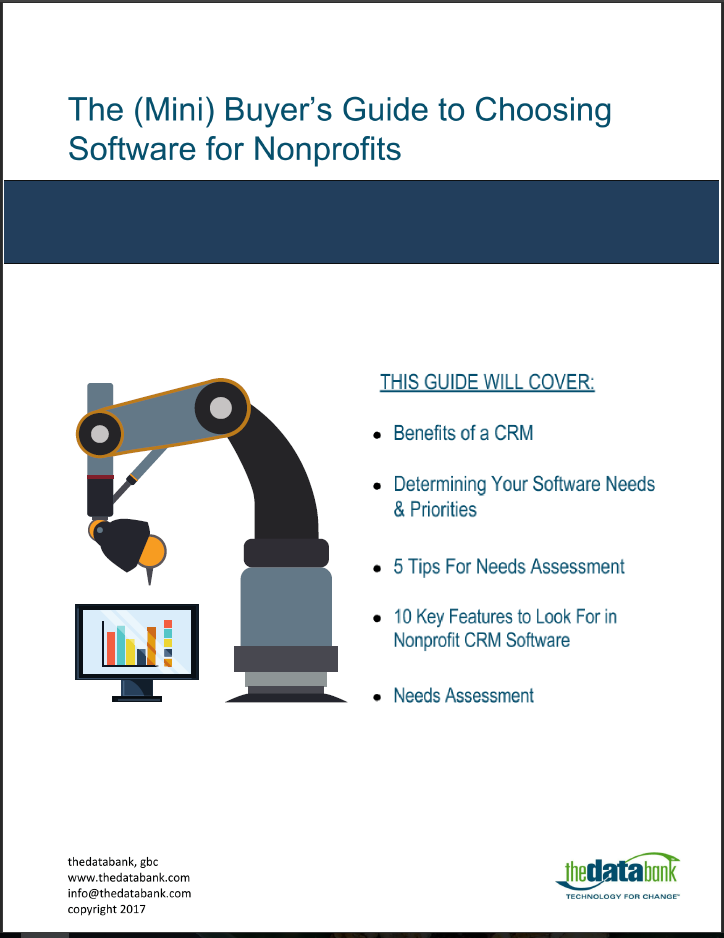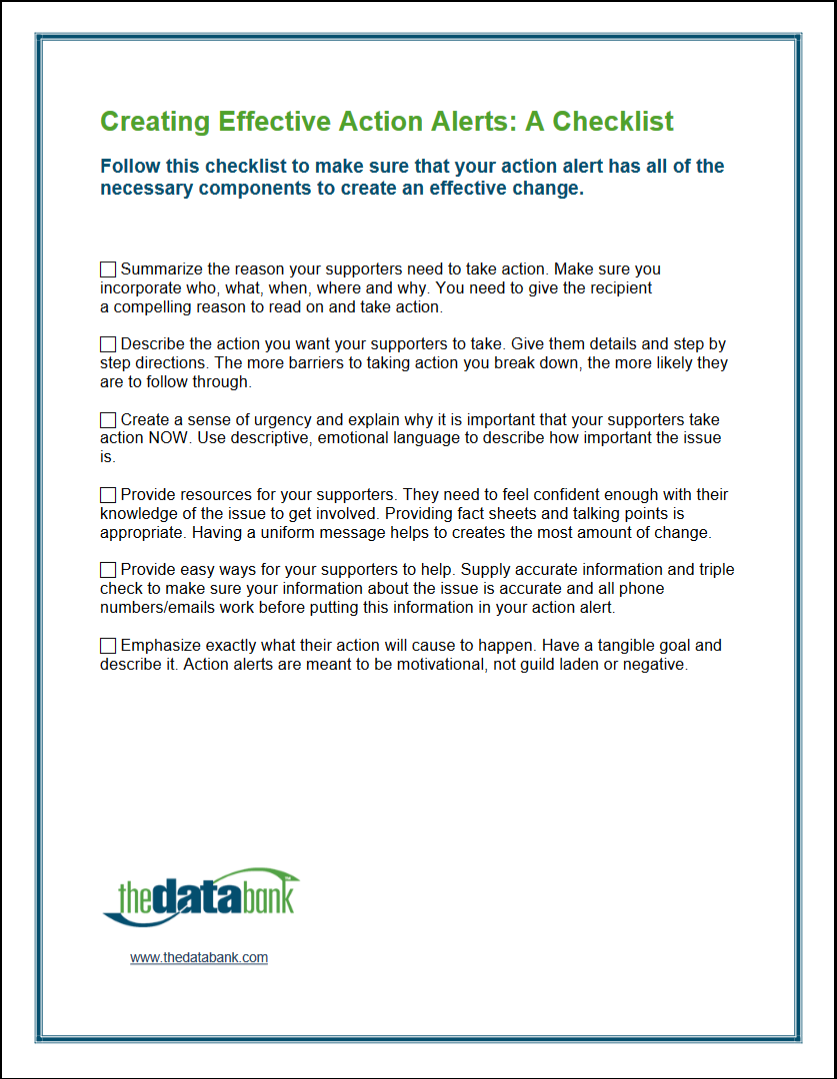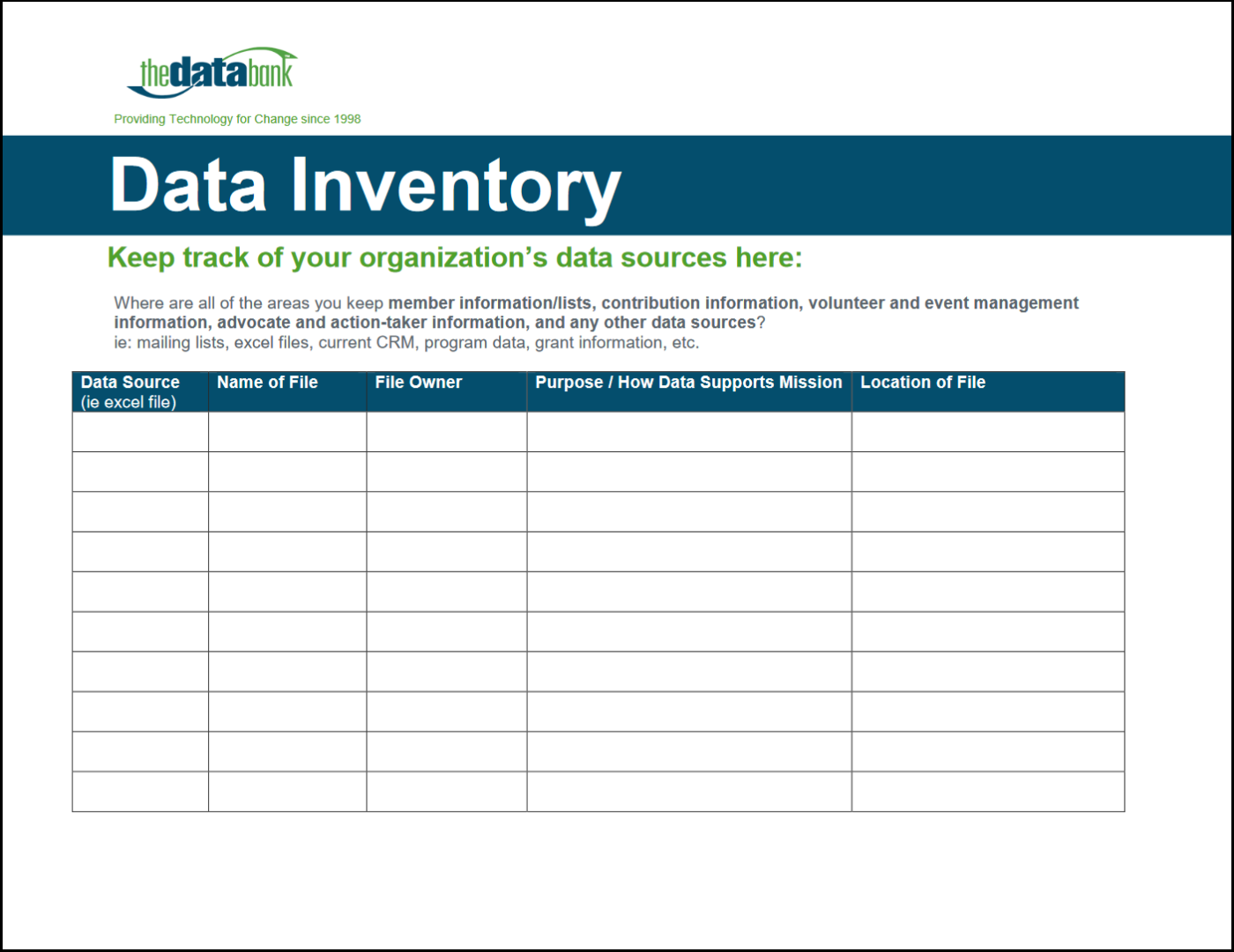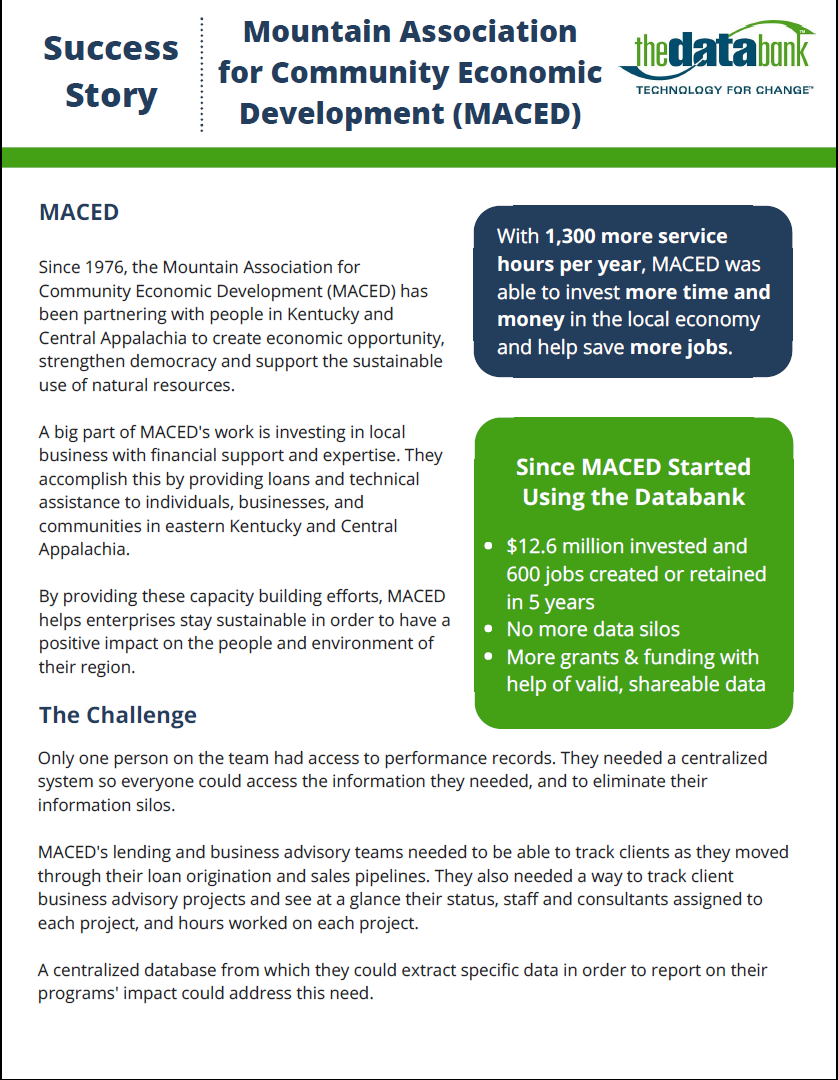Text to Donate is a tantalizing option for many Nonprofits seeking an extra channel to engage donors. The most appealing aspect of the Text To Donate mechanism is that it couldn’t be any simpler: All a donor has to do is text a short code to a special number and they are automatically billed for the transaction. Because donation is so easy and the dollar amounts involved are typically low, this type of giving can bring in a large number of new donors to your organization.
While Text to Donate succeeds in lowering the entrance threshold, it does raise some unique challenges to your typical fundraising methods and how you manage your database.
Sending Text Messages
The same rules that apply to sending an email to someone apply to sending someone a text message. That means that even if you have someone’s mobile phone number, your text is considered Spam unless you have received consent from that person to send them SMS messages.
If you’ve been asking for consent to send text messages all along, now is the time to pat yourself on the back. If not, all of those mobile phone numbers you have are fundraising dead ends.
Text based fundraising is not going away anytime soon though, so there is time to make amends. Even if you don’t see a place for Text based fundraising in your immediate future, I strongly suggest adding a notice of consent to any form you have which is gathering mobile numbers.
If you are getting ready to launch a Text based fundraising venture, another suggestion is to launch a campaign among your current base soliciting that consent in conjunction. Although for most nonprofits soliciting donations through text messages is the preferred method, an ad campaign with the number and short code can also be effective, though more expensive.
Tracking Donors
When someone makes a donation through your website or sends you a check, your organization gets an extraordinary amount of identifying information: name and address at a minimum. When someone makes a donation to you through text to donate, you get one piece of information: mobile phone number.
While you can pay a data firm to append name and address information, typically a donor will resent receiving a mailing after donating by text as they believe their donation has been made in private. Another point to consider is that the lifetime value of a donor who begins with a $10 contribution and perhaps made the donation impulsively is relatively low compared to someone whose first donation is $50, meaning maybe it isn’t worth the effort. One effective strategy would be to attempt to lure text to donate donors into other donation options by sending them a short link to a donation form with different payment options.
Tracking Transactions
Even if you are not going to be tracking individual new donors in your text to donate program, it’s important to track that information in your database. Even if you are not tying the transactions to existing donors, it’s important to enter the transactions to see how text to donate is fitting in to your overall fundraising blend by comparing it to your other campaigns. Because most transactions are tied to people or organizations in your database, it may be necessary to create a record named anonymous to attribute these transactions to.
With these considerations in mind, you should be able to incorporate a text to donate program into your database with a minimum amount of friction. Yes, you may have to relax your expectations a bit about converting these donors into major donors, but what text to donate may lack in dollar amount its ease of use and ability to attract new donors compensates for.





















 thedatabank, gbc is technology for change, and we walk the talk.
thedatabank, gbc is technology for change, and we walk the talk. 








